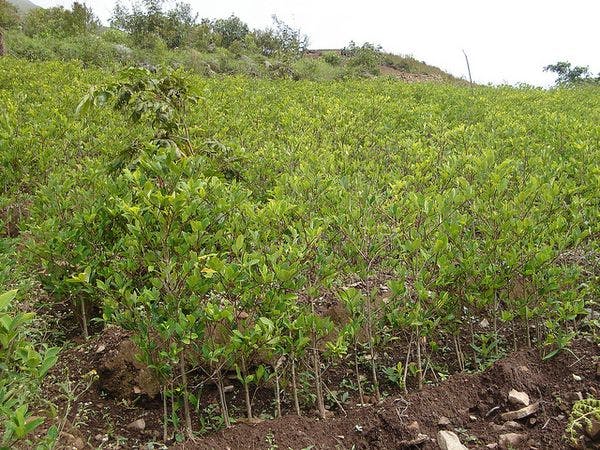La histórica reducción del cultivo de coca en Bolivia se mantiene estable
Por quinto año consecutivo, la Oficina de las Naciones Unidas contra la Droga y el Delito (UNODC) ha notificado una reducción de la superficie de cultivos de coca en el Estado Plurinacional de Bolivia. Más información, en inglés, está disponible abajo.
Suscríbase a las Alertas mensuales del IDPC para recibir información sobre cuestiones relacionadas con políticas sobre drogas.
By Kathryn Ledebur and Coletta A. Youngers
For the fifth year in a row, the UN Office on Drugs and Crime (UNODC) has reported a decline in the area under coca cultivation in the Plurinational State of Bolivia. Between 2010 and 2014, the country achieved a remarkable 34 percent net reduction in the area under coca cultivation. UNODC estimated 20,400 hectares of coca in Bolivia in 2014. In 2015, according to figures just released in UNODC’s 2015 coca monitoring survey, the area under cultivation decreased by one percent, leveling off at 20,200 hectares, the lowest amount registered in the history of UNODC monitoring efforts in the country. Coca reduction efforts continued over the course of the year, with an estimated 11,000 hectares eliminated. The Morales administration is now very close to meeting its goal of limiting coca cultivation for traditional and other legal uses to 20,000 hectares (about 77 square miles), an amount that would guarantee subsistence income for farmers and help to stem production for the illicit market.
Click here to read the full article.
Keep up-to-date with drug policy developments by subscribing to the IDPC Monthly Alert.
Thumbnail:Flickr CC Pablo Andrés Rivero
Temas
Perfiles relacionados
- Kathryn Ledebur
- Coletta Youngers
